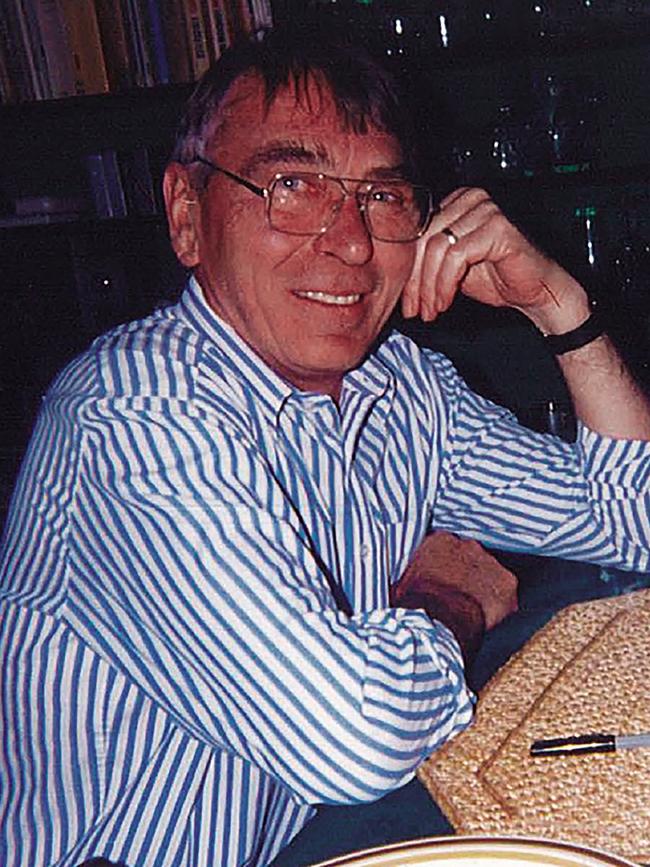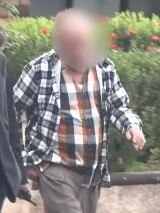NSW Police use breakthrough DNA technology to find new cold case leads
Police have discovered new leads in more than 100 serious cold case crimes including murders, sexual assaults and kidnappings. Here’s how they did it.
Police & Courts
Don't miss out on the headlines from Police & Courts. Followed categories will be added to My News.
Exclusive: Breakthrough familial DNA technology has led to new leads in more than 100 serious cold case crimes including 15 murders, 18 sexual assaults, three kidnappings and scores more which took place over the last 20 years.
The Daily Telegraph can reveal the astounding results so far of Operation Parallel, which is applying a new form of DNA - known as Y-STR - to catch criminals and has already laid new charges.
Traditionally police have only been able to use DNA to match old forensic crime scene evidence to a known suspect.


In recent years that capability expanded with familial DNA databases, via which police could find a match to the crime scene DNA and know the perpetrator was a very close family relative of that match.
Now, using the new Y-STR method, the perpetrator could be any male blood relative - even far removed - of the positive match.
“We are pretty happy with the results so far … about 18 months ago we got access to a new form of DNA, called Y-STR, and working with NSW Health has led to a large number of investigations being reopened,” Superintendent Grant Healey, who heads up the Forensic Evidence and Technical Services Command, said.
“The new use of DNA has seen some terrific results, where essentially this DNA testing isolates the Y chromosome which gives us the ability to search male family lines, not just immediate family, but even uncle’s and distant male relatives which will give you a family name.”

The largest data bank of DNA comes from the inmate program where every person arrested for a serious crime is buccal swabbed and their DNA entered into the system. At the moment NSW police do not have access to private DNA bases used by the public to trace ancestry.
In the last two years, familial DNA has given new leads in 15 homicides, 18 rapes, 16 robberies, 35 aggravated break and enters, three kidnappings and 19 other crimes. Superintendent Healey said NSW Health’s Forensic Biology carried out the highly specialised testing process.
The Y-STR system last year led to the arrest of a man allegedly involved in four rapes in Sydney’s inner west more than 15 years ago.
“It is a lot harder to trace than familial DNA but it’s a starting point. It will cast a wide net and then we start using other investigative tools such as genealogy to find other people in the family trees. One of our investigators who specialises in that area has spent hours going to grave sites to trace family names,’’ Supt Healey said.
Police were also able to use familial DNA which led to the arrest of a man for the murder of Sydney man, Bernd Lehmann 13 years after he was allegedly found bashed to in his Ashfield home on Valentines Day in 2008.
Last year police charged Naji Fakhreddine, the father of a former Lone wolf bikie with the 66-year-olds murder.
At the time they said it was through the breakthrough use of DNA re-examined in 2018 which help kickstart there investigation. Mr Fakhreddine has pleaded not guilty and is awaiting trial.
There are currently a number of covert operations currently being run in high profile cases as a result of Operation Parallel and police say they are getting new hits and leads every week.
“We are reviewing cases and expanding our database. In the past 12 months we have visited police stations across the state giving officers advise on how they can obtain DNA from suspects which has added to our potential of finding more links to old crimes.’’
“With Y-STR, for example with DNA from an old crime scene, it can give a hit on an inmate and we know that a male relative of his is a potential suspect. That can be a nephew, cousin or even more distant relative’’ he said.
Supt Healey said while DNA is incredibly valuable they have also brought together an investigative support team.
“Every officer will have an unsolved case that sits with them and we get approached to help out. We then bring everyone together, experts in a number of fields, from technology, fingerprints, genealogy and ballistics and see what advances have been made in these areas and how we can maybe apply them to the old cases,’’ he said.
“Whenever investigators reopen a case they are very mindful of what effect it may have on the victim and any trauma it may cause them.”
PRISON HIT LEADS TO RAPE CHARGES

More than 15 years ago NSW Police were hunting an alleged rapist they believed may have been responsible for up to 13 attacks in and around Sydney.
Known as the ‘inner west rapist’’ police spent years investigating the attacks with a suspect list of more than 3000 men and even consulted the FBI but despite their efforts the cases remained unsolved.
In February, 2020 the NSW State Crime Command’s Child Abuse and Sex Crimes Squad began another investigation into the attacks. At the time the 13 were possibly linked because of their locations and the similarities in the alleged attacks. They also had identical DNA from a number of scenes but none were a match in the normal data bases.
About twelve months later using the Y-STR DNA they were able to find a distant male relative with a different surname in the prison data base which was linked to the DNA found at four of the crime scenes. After further investigation police arrested 51-year-old Darren Kennedy from Panania in November last year.
He was charged with six counts of sexual intercourse without consent and two counts of detaining a person to obtain advantage. He did not enter a plea at his first appearance and is due in court later this month.





